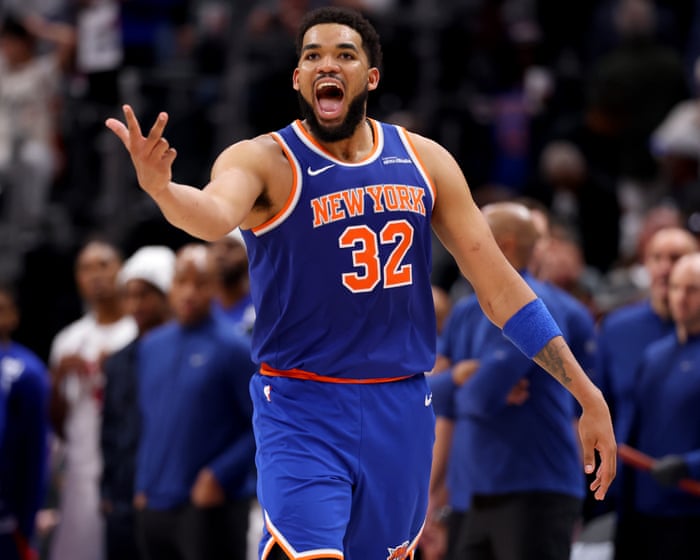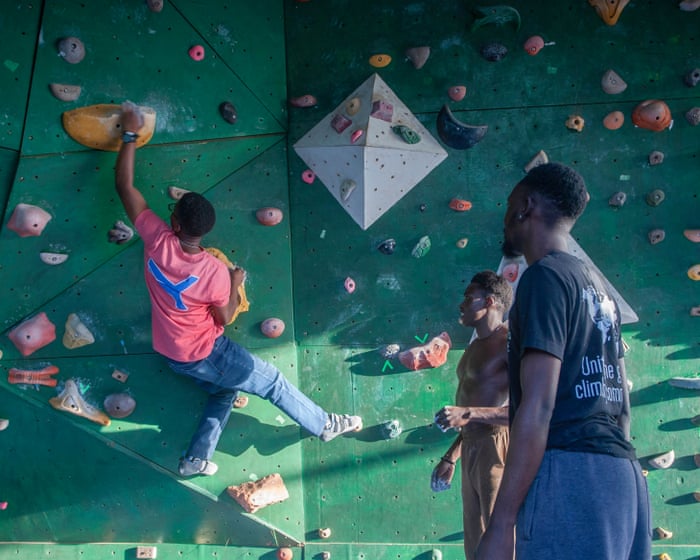The first time I danced was with my father. I planted my bare feet on top of his work boots—much to my mother’s dismay—and let his rubber soles lead me into the rhythm. Hand in hand, we twirled through the kitchen as Al Green’s Love and Happiness marked the beginning of my relationship with movement.
The second time I danced was alone—and it would be my last. I held myself around the waist as Seal’s Kiss from a Rose played from my Batman Forever soundtrack. In the privacy of my room, I didn’t mind the mirror witnessing every part of me. I danced freely, like Shirley Temple with Buddy Ebsen, the way my father had taught me. The only thing that could have shattered that moment did. My stepmother appeared in the doorway, barefoot except for the crushed roach under her heel.
“Why are you so damn gay?”
Her question wasn’t curiosity—it was an accusation, a command. From then on, joy had to be vetted before it could be felt.
A decade later, in another home and another city, I stood at a sink, scrubbing someone else’s blood from my hands—still shaking from fighting my way out of an ambush. I wasn’t just cleaning up. I was trying to erase any trace of doubt about my masculinity.
This essay is about what happens when boys who move freely are taught to fear their own rhythm—and what it means when men like Karl-Anthony Towns are ridiculed for keeping theirs.
Confusion, tenderness, and the impulse to question norms are beaten out of all of us—but especially out of young Black and brown boys in rough neighborhoods. Masculinity, as practiced here, treats violence as the cure for vulnerability. Even laughter had rules. It couldn’t be too high-pitched, too quick. You learned to slap shoulders, not hold hands. I didn’t immediately change who I was, but I spent my adolescence trying to prove my stepmother wrong.
Since moving from Minnesota to New York, Karl-Anthony Towns—a former No. 1 draft pick—has faced heightened expectations. In the world’s biggest media market, scrutiny moves faster than headlines, amplified by social media’s endless churn.
Towns is learning what happens when softness is punished, when queerness is projected onto you, and when public figures become unwilling symbols in debates over masculinity.
The term “zesty,” a watered-down cousin of homophobic slurs, became Towns’ shadow. It followed him through every three-pointer, podcast clip, and postgame interview. He became a target for people eager to mock what they couldn’t define.
In Hilton Als’ The Women, he recalls being called an “auntie man”—a Barbadian term for a queer man, spoken with both disdain and familiarity. For Als, the label was both burden and lens—a way to understand how femininity in male bodies disrupts cultural norms. Towns, through his gestures and voice, hit that nerve—not by coming out, but by refusing to squeeze himself into the rigid, joyless mold of what a male athlete is supposed to be.
Towns isn’t alone. Figures like Tyler, the Creator, Russell Westbrook, and Odell Beckham Jr. have also been queer-coded and mocked online—not for their sexuality, but for expressing a freedom that unsettles traditional expectations of Black masculinity.
Reading Als, I realized I wasn’t just haunted by my stepmother’s question. I was haunted by the idea that my joy, my softness, my rhythm might always be seen as “off”—that to some, the way I move through the world would never be right.
Homophobia today isn’t what it was in the ’90s, when the mere idea of a gay NBA player sparked outrage. Culture has shifted. Most people—not just millennials—know someone openly gay. Even older generations often have LGBTQ+ friends or family.
Yet for men like Towns, the rules remain rigid. The difference now is that the mockery spreads faster, louder, and with more reach. The question isn’t just “Why are you so damn gay?”—it’s the countless whispers, memes, and sideways glances that reinforce the same old sentence.Queerness has become more familiar in mainstream culture—but often in a way that’s limited to white, heteronormative expressions. During his presidency, Donald Trump embraced “Gays for Trump,” showing how sexuality in politics can be accepted—as long as it’s white and conservative.
Yet in sports, figures like John Amaechi and Jason Collins are still treated as jokes. Dwight Howard faced public scrutiny over his queer identity, with debates about morality and consent overshadowing the deeper issue: the same old discomfort with queerness.
Karl-Anthony Towns is publicly straight, dating Jordyn Woods. But his more expressive moments—his voice, his gestures—have gone viral on TikTok and Twitter, dissected in online echo chambers. Some attribute his flamboyance to his Dominican roots, linking it to the culture’s natural rhythm and emotional openness. But if he were queer, would it change anything? KAT is still a dominant player.
The irony? This mockery peaked during his best season. He averaged 24.7 points and a career-high 13.5 rebounds, leading the Knicks to their first Eastern Conference finals in 25 years. He had back-to-back 40-point games and a playoff triple-double. But none of that stopped the internet from dubbing him “Zesty KAT,” a meme painting him as queer-coded based on his mannerisms.
One viral moment came when an X user mocked Towns softly saying “for sure,” captioning it: “That ‘for sure’ was nasty work.” The post got 46,000+ likes, turning “zesty” into shorthand for ridiculing his style—even as he played the best basketball of his career.
This isn’t just a meme. It’s the same old judgment, repackaged for clicks: “Why are you so damn gay?” Not a question—an accusation. In this world, joy without restraint, expression without apology, is still seen as defiance. Towns may not need to dance like I once did. But every time he celebrates with flair, every time he speaks with unexpected softness, he keeps the rhythm alive for those of us who were forced to stop.




